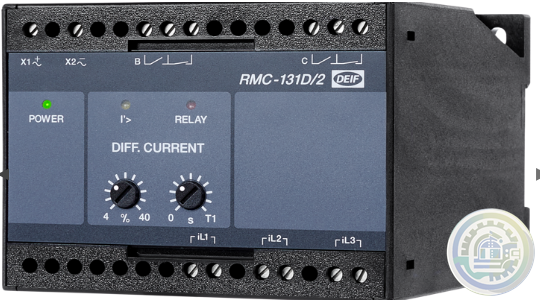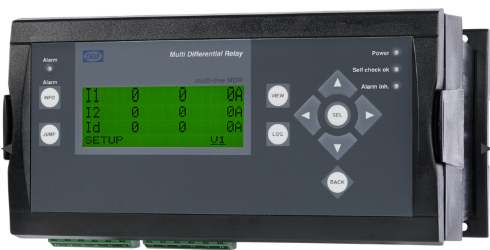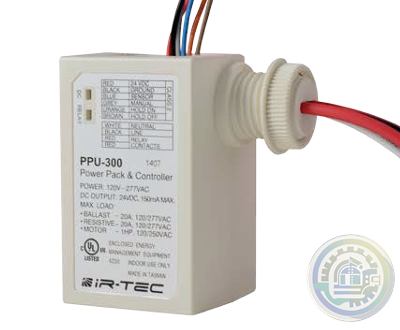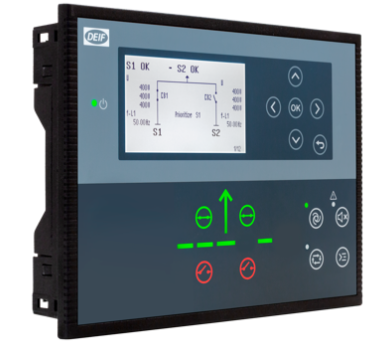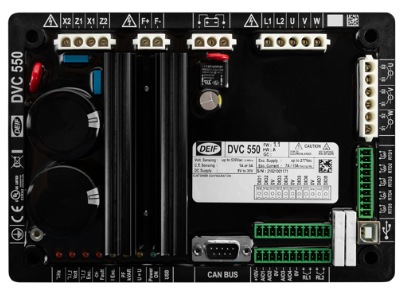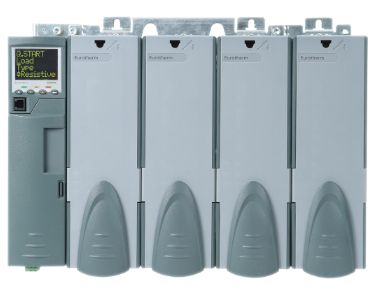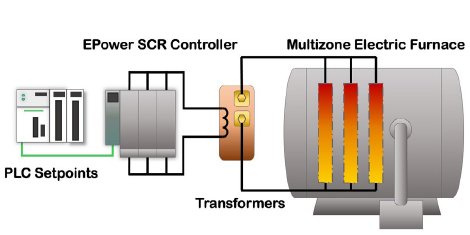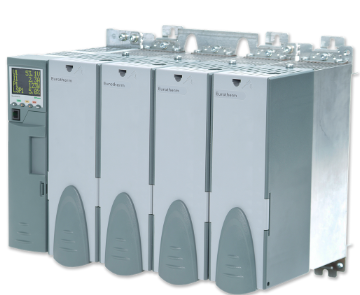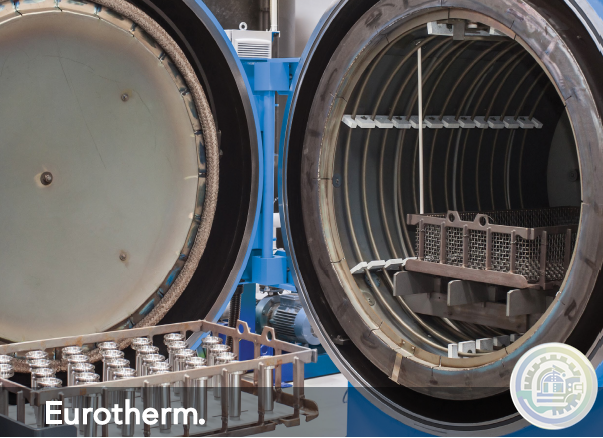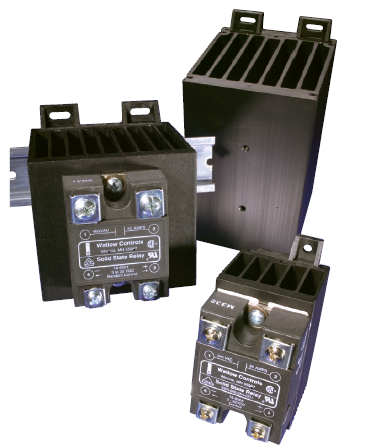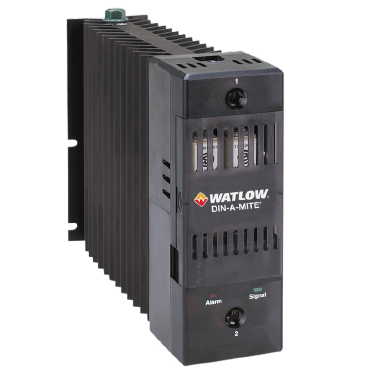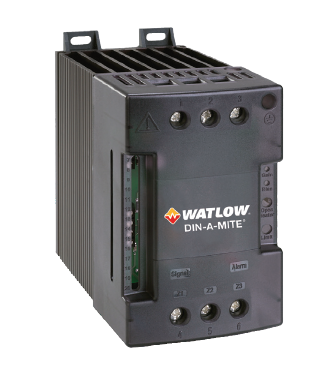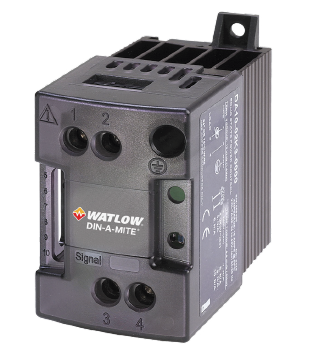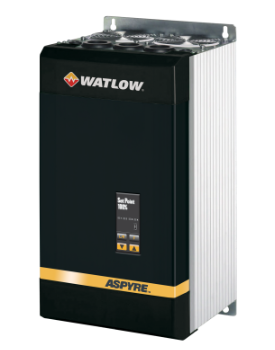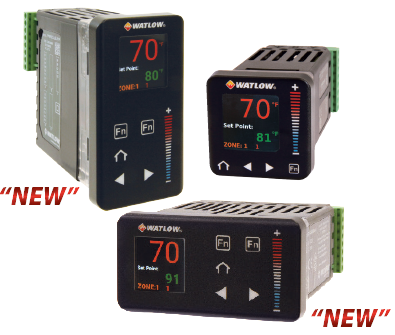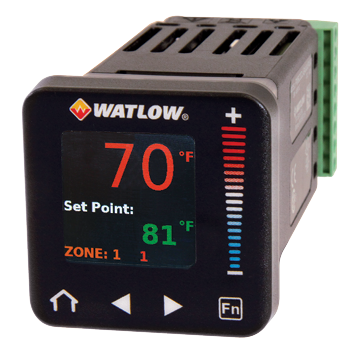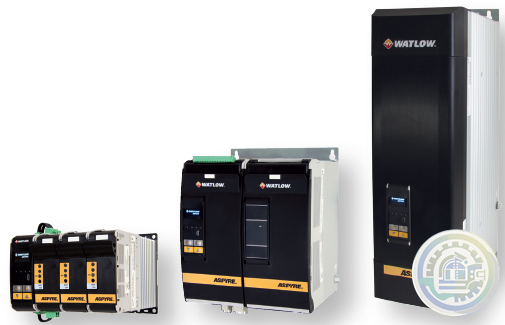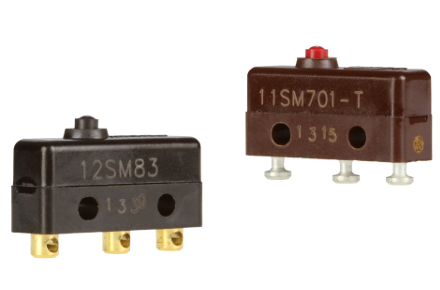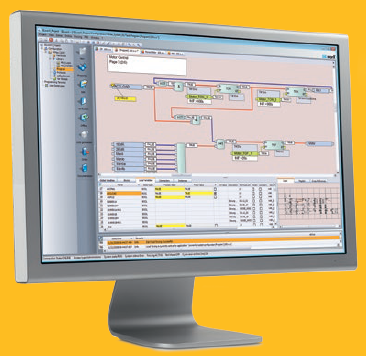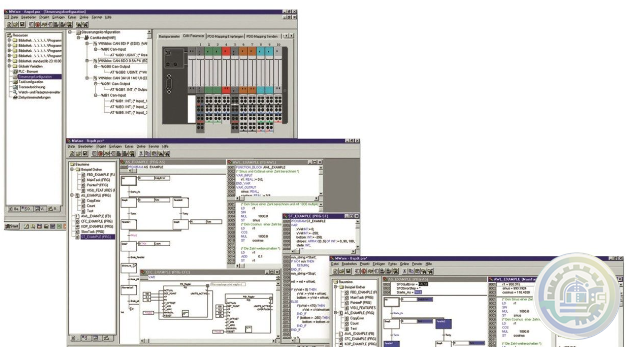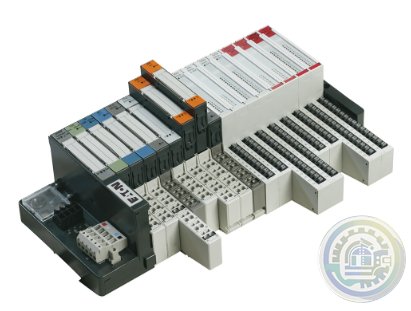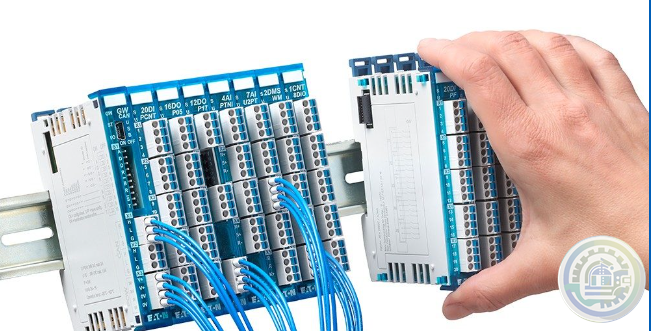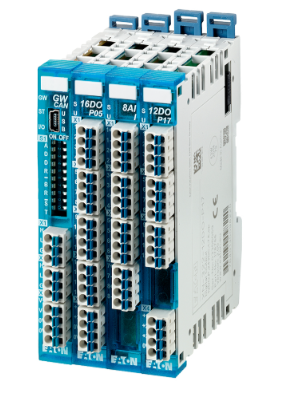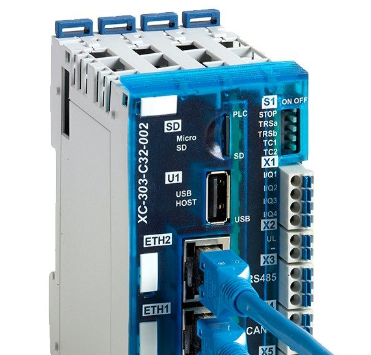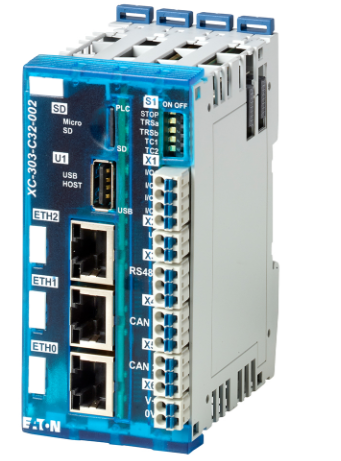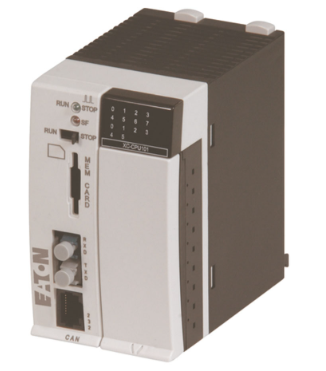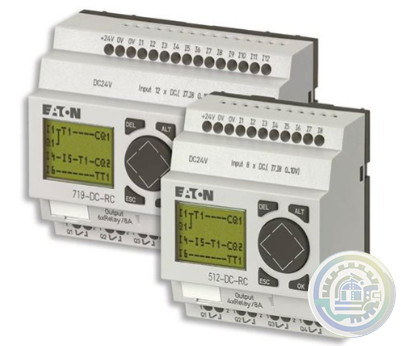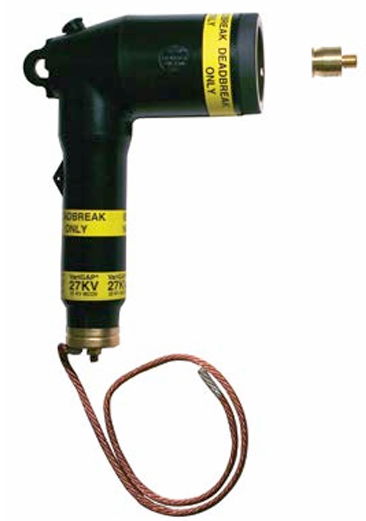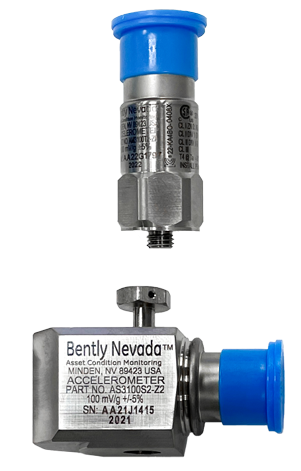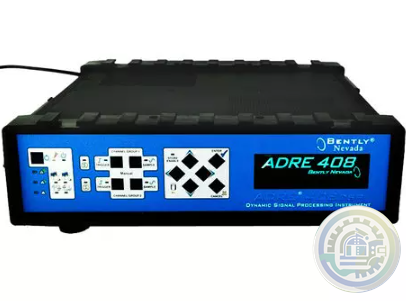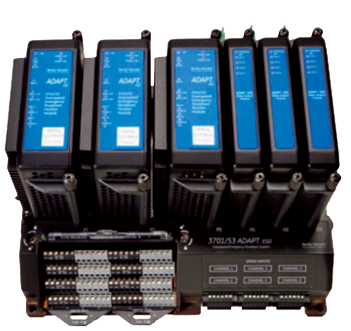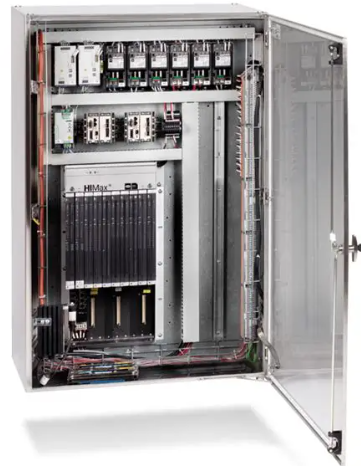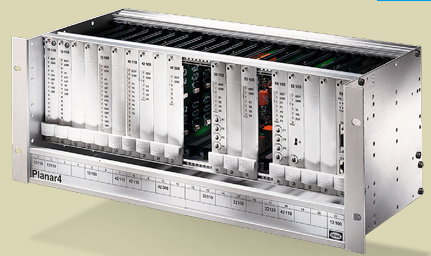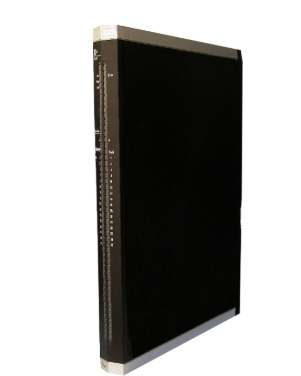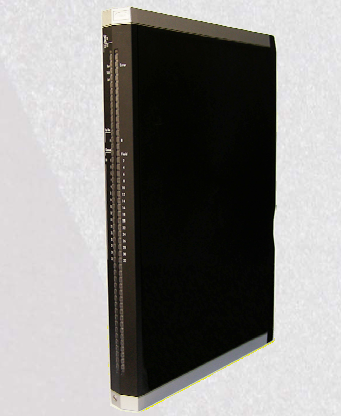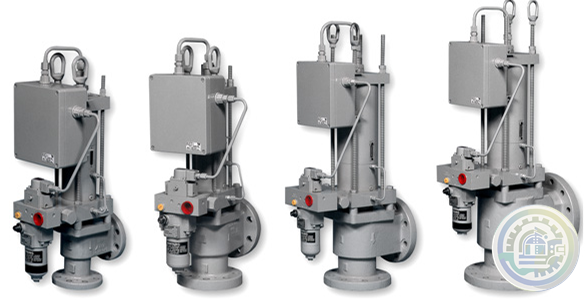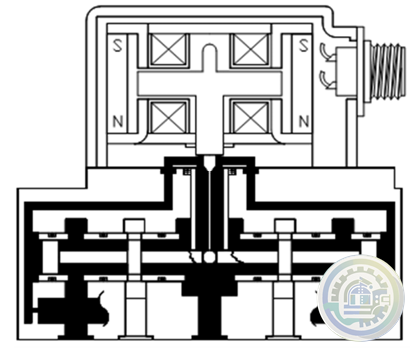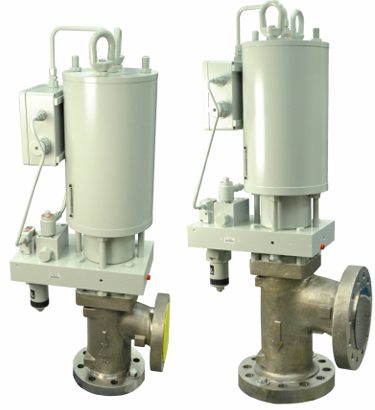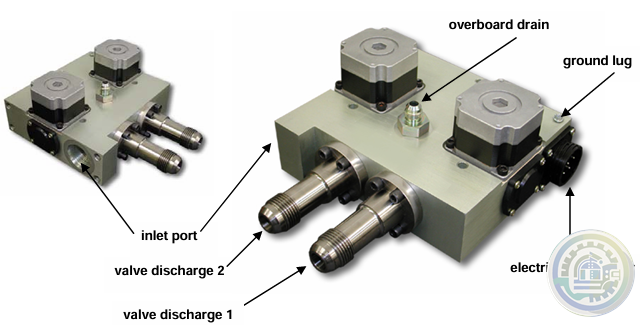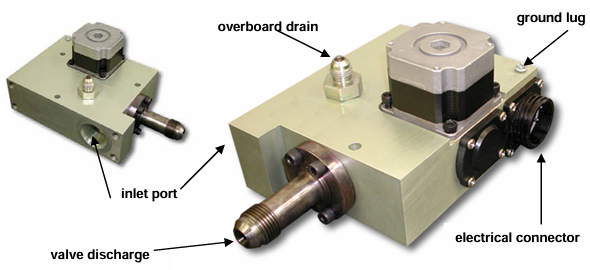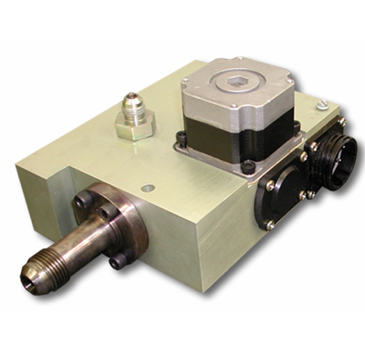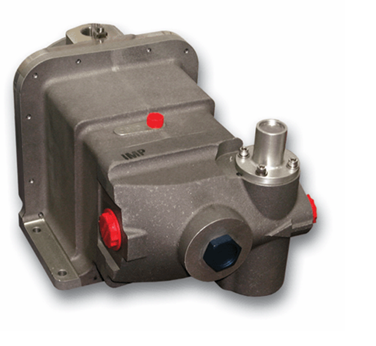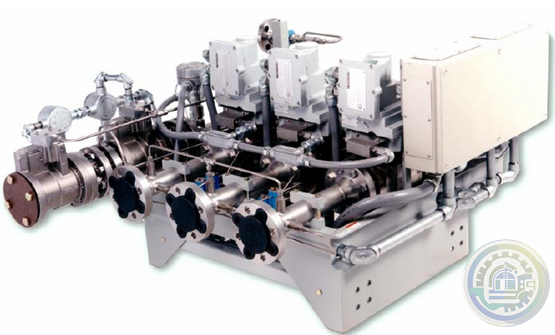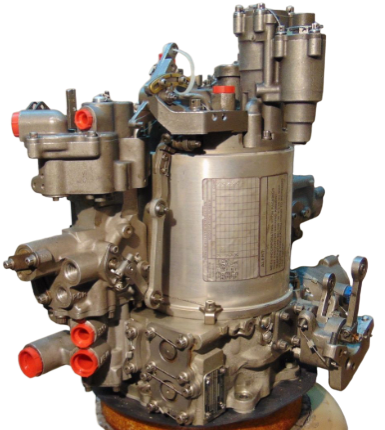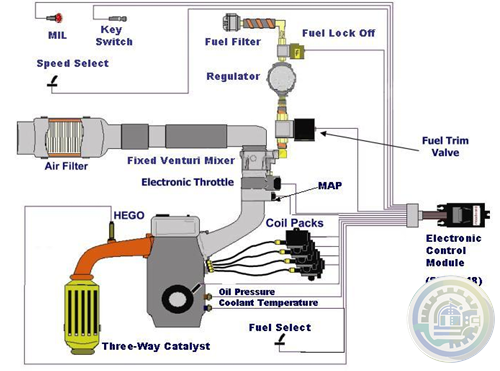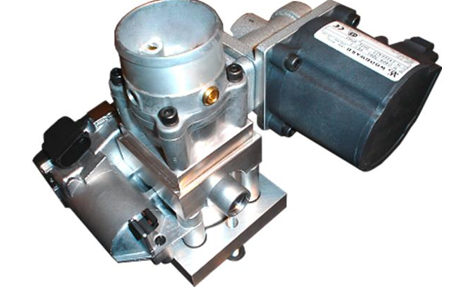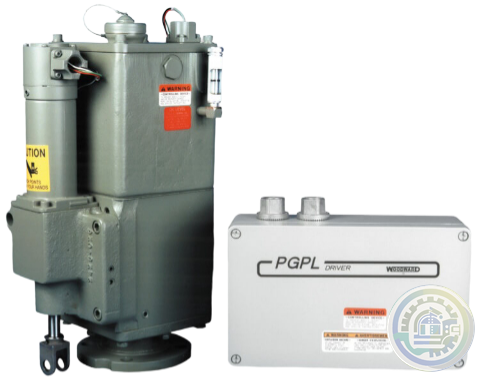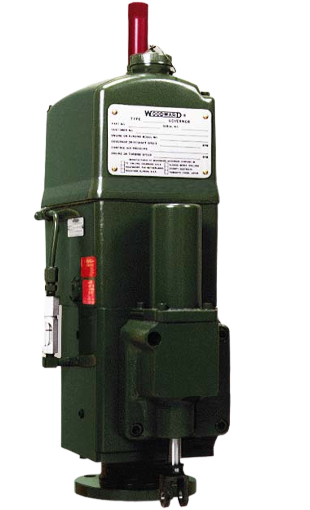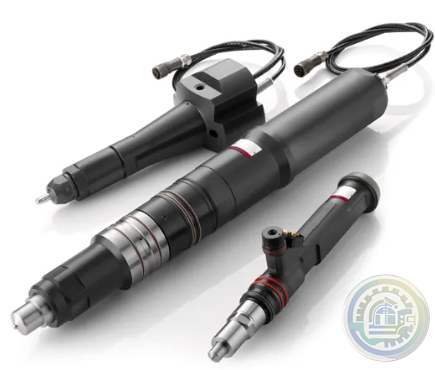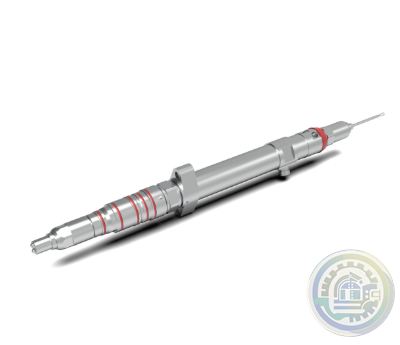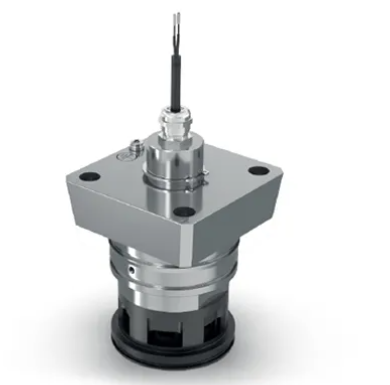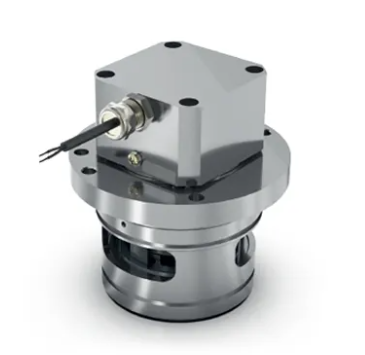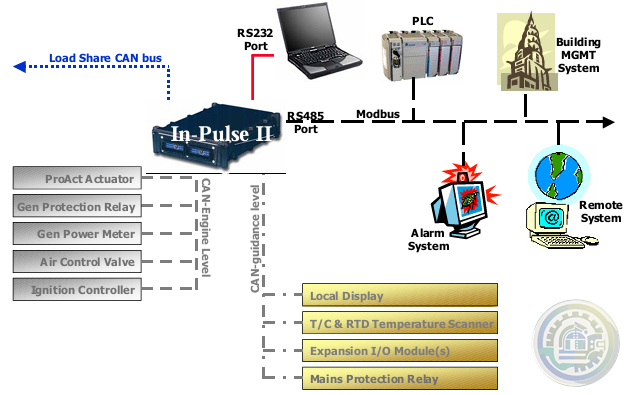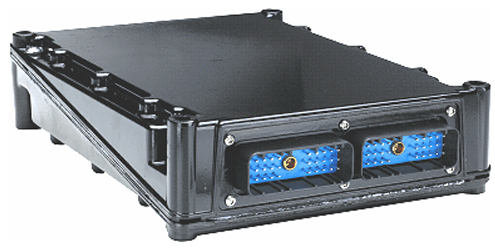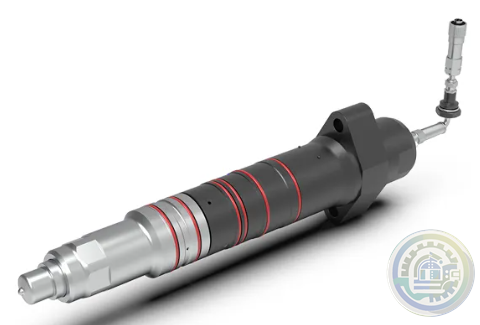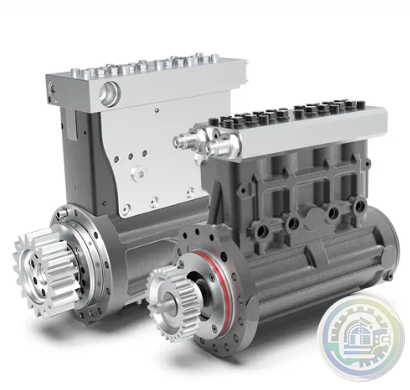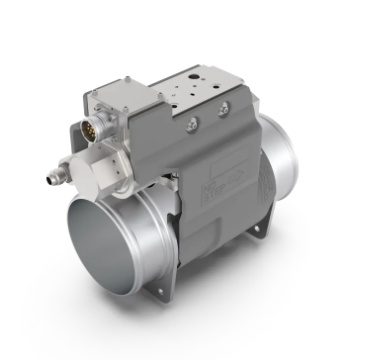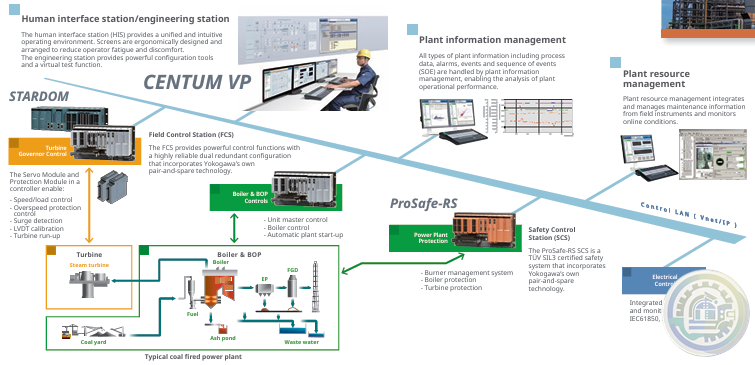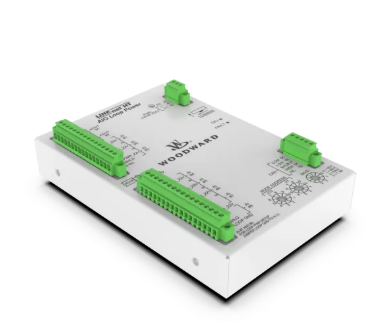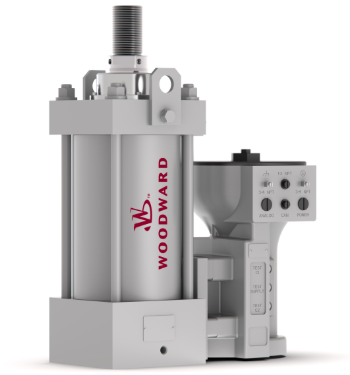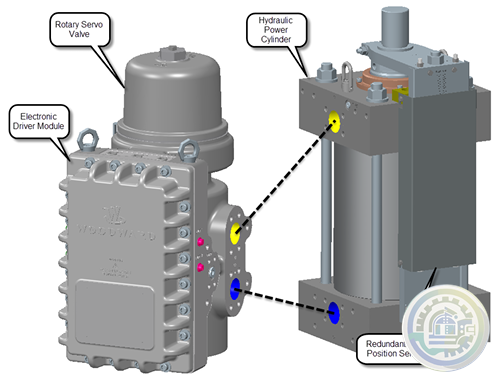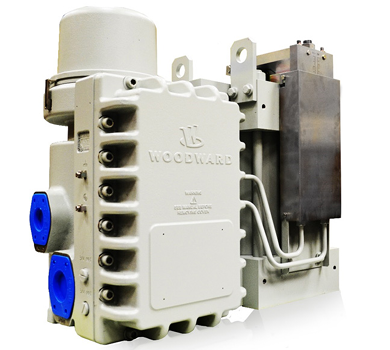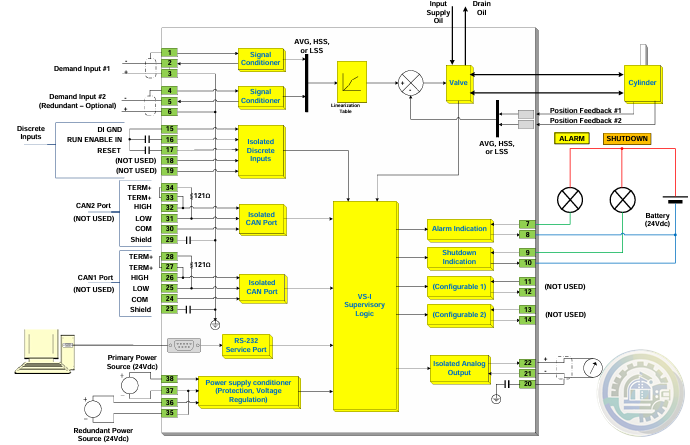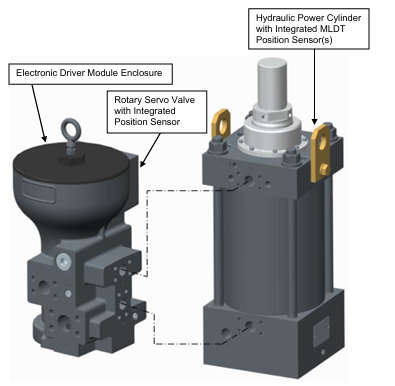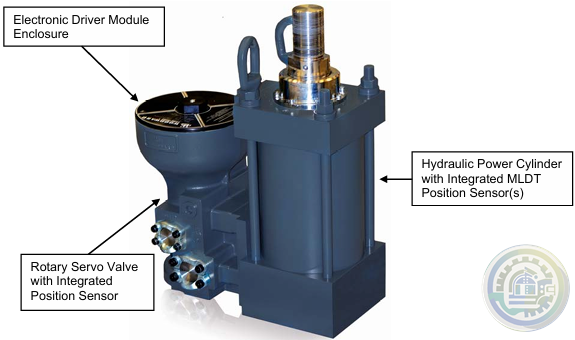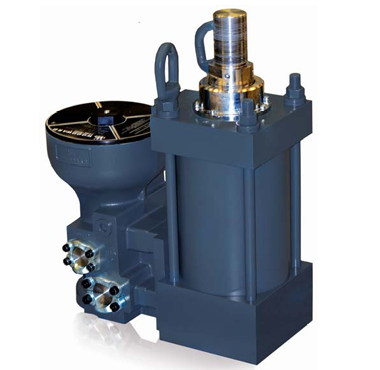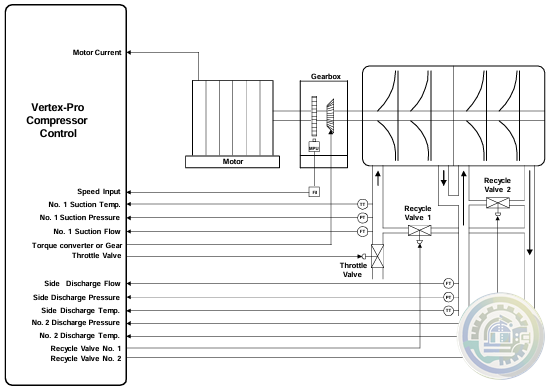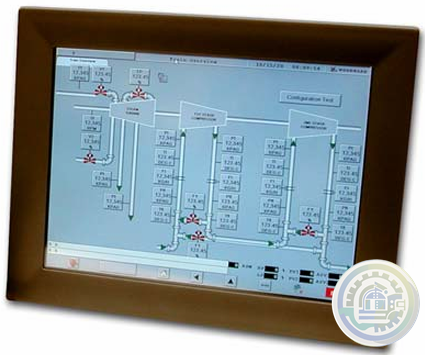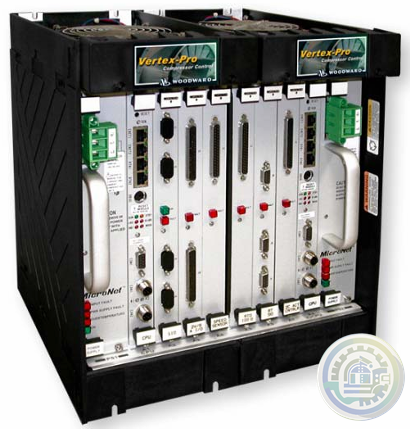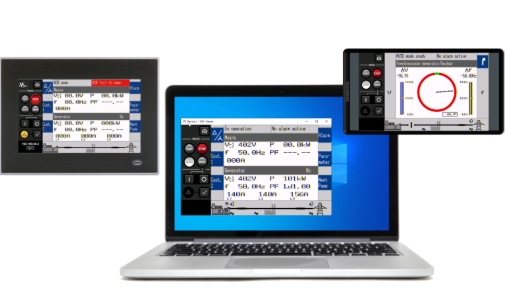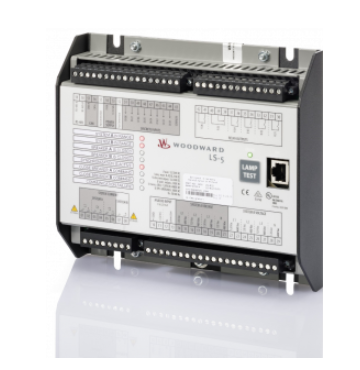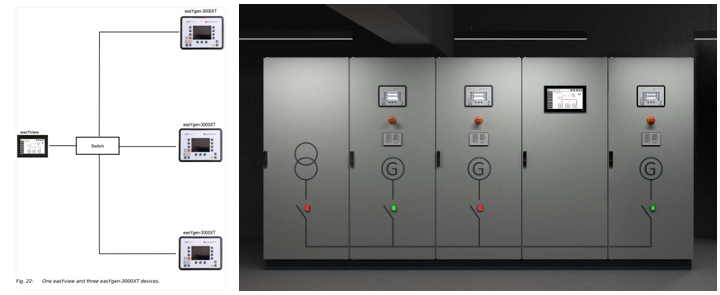-
Deif Du-2 / Mkiii Multil neas Ppm Protecci n Y Gesti n de Energ a 100-690vac
-
DEIF AGC 222 & IOM 220 advanced genset controller
-
Deif Delomatic 4 DGU 0005 Generator Control System PCM 4-1, IOM 4-1, SCM 4-2
-
DEIF PPM-3-DG PROTECTION AND POWER MANAGEMENT MEAS.VOLTAGE:100-690VAC, 0.5MA
-
DEIF AGC Plant Management (Genset Controller) 100132445.10
-
DEIF RMC-131D Current relay
-
DEIF MDR-2 Multi-differential relay
-
IR-TEC PPU-300 Power Pack & Controller
-
Streamline power transfer with DEIF's AGC 150 ATS controller
-
DEIF AGC 150 ATS: Advanced Generator Transfer Switch for Seamless Power Management
-
DEIF DVC 550 Automatic voltage control
-
DEIF Optimize Your Power Systems with DEIF's DVC 550
-
DEIF DVC 350 Digital automatic voltage regulator (AVR)
-
DEIF Advanced Features of DVC 350 Digital Automatic Voltage Regulator
-
DEIF Digital Voltage Controller DVC 550
-
Watlow EPower™ Controller Revolutionary modularity and configurability to meet your needs
-
Watlow Eurotherm® EPower™ Controller
-
Watlow Eurotherm A standardized upgrade solution
-
Watlow Eurotherm Cost efficiency for electric furnaces
-
Watlow Eurotherm Energy efficiency for electric heat treatment furnaces
-
Watlow Solid State Relays (SSR)
-
Watlow DIN-A-MITE® D silicon controlled rectifier (SCR) power controller
-
Watlow DIN-A-MITE® C silicon controlled rectifier (SCR) power controller
-
Watlow DIN-A-MITE® B Power Controller
-
Watlow DIN-A-MITE® A Power Switching Devices
-
Watlow ASPYRE® AT Power Controllers
-
Watlow ASPYRE® DT SCR Power Controllers
-
Watlow PM PLUS™ Controller Features and Benefits
-
Watlow PM PLUS™ Controller
-
Watlow ASPYRE To Elevate Your System
-
Watlow ASPYRE® DT Power Controllers
-
Honeywell MICRO SWITCH Premium Subminiature Basic Switches
-
HIMA SILworX API (application programming interface)
-
HIMA Automated testing with SILworX Smart Safety Test
-
HIMA SILworX The world’s most advanced safety application manager
-
Eaton CODESYS software
-
Eaton CODESYS version 3 Integrated fieldbus configuration
-
Eaton XI/ON I/O system
-
Eaton XN300 modules High modularity with a small footprint
-
Eaton XN300 I/O system
-
Eaton The XC300 modular PLC: Powerful communication
-
Eaton The three device variants of the XC300 Comprehensive functions and interfaces
-
Eaton XC300 modular programmable logic controllers
-
Eaton XC150 compact programmable logic controllers
-
Eaton XC100/200 modular programmable logic controllers
-
Eaton Multi-Function Display MFD-Titan
-
Eaton Legacy Easy programmable relays
-
Eaton easySafety Safety for people and machines
-
Eaton easySafety programmable safety relays
-
Eaton easyE4 programmable relays
-
Eaton easyE4 nano programmable logic controllers
-
Eaton COOPER POWER SERIES DirectConnect elbow arrester
-
Bently Nevada IEPE Accelerometer Series
-
Bently Nevada Velocity Sensors & Accelerometers
-
Bently Nevada ADRE - Data Acquisition & Machine Diagnostics System
-
Bently Nevada 3701/55 Emergency Shutdown Device
-
Bently Nevada Asset Condition Monitoring
-
Bently Nevada 3500 Machinery Protection Systems
-
Bently Nevada ADAPT ESD Relay Module
-
Bently Nevada Typical (and recommended) applications of the ADAPT ESD
-
Bently Nevada 3701/55 ADAPT (ESD) Emergency Shutdown Device
-
Bently Nevada Online Condition Monitoring Systems
-
Bently Nevada Trendmaster Online Condition Monitoring System
-
Bently Nevada Orbit Distributed Condition Monitoring
-
HIMA The HIJunctionBox is part of the Smart Safety Platform
-
HIMA HIJunctionBox Straightforward Safety
-
HIMA Planar4 Where Ultimate Safety Counts
-
HIMA HIQuad Lifecycle & Modernization
-
HIMA HIQuad X A New Dimension of Performance for Your Safety System
-
HIMA Communication Features of HIQuad X
-
HIMA Flexible SIL 4 Controllers SYSTEM FOR THE RAIL INDUSTRY
-
HIMA HIMatrix SYSTEMS Uniquely Fast, Uniquely Flexible
-
HIMA F35 HIMatrix Safety-Related Controller
-
HIMA HIMax Flexible Safety for Maximum Profitability
-
HIMA X-COM 01 Communication Module
-
HIMA X-DI 64 01 Digital Input Module
-
Woodward Oil Management
-
Woodward SonicFlo™ Gas Fuel Control Valve With Electric Trip
-
Woodward SonicFlo™ Gas Triple Coil Electrohydraulic Servo Valve Assembly
-
Woodward SonicFlo™ Gas Valves Hydraulically Actuated
-
Woodward Discrete Output for Driver Status Indication
-
Woodward PWM Input for Position Demand
-
Woodward The Swift valve is a sonic flow-metering valve
-
Woodward Swift™ Gas Metering System
-
Woodward LQ6 Liquid Fuel Valve with On‐board Driver
-
Woodward Fuel Metering System Integration Capabilities
-
Woodward DLE/DLN for Aeroderivative Turbine Platforms
-
Woodward Fuel Metering Systems
-
Woodward PG-07 controls Sequential spark ignition
-
Woodward PG-07 CONTROL SYSTEM FEATURES
-
Woodward PG-07 Power Generation & Stationary Control System
-
Woodward PG‐PL Governor
-
Woodward Air Management
-
Woodward Engine Actuation Systems
-
Woodward Fuel Injection and Ignition Systems
-
Woodward Fuel Control Systems
-
Woodward Smart Injector Technology Key Product Variants Include
-
Woodward P2X Features & Functionality
-
Woodward P2X Multi-Fuel Injectors
-
Woodward SOGAV Gas Valves
-
Woodward SOGAV Key Product Variants Include
-
Woodward In-Pulse™ ll Self‐Diagnostics
-
Woodward In-Pulse ll Fuel Injection Control
-
Woodward Dual-Fuel Injectors
-
Woodward High-Pressure Pumps
Current Location:
- Glassman
- Johnson Controls
- Studer
- Watlow
- AEG
- ADVANCED
- KEBA
- Bristol Babcock
- Rolls-Royce
- Aerotech
- APPLIED MATERIALS
- Basler
- SAACKE
- BENDER
- Kollmorgen
- MEGGITT
- METSO
- MITSUBISHI
- MTL
- HIMA
- Siemens
- BACHMANN
- AMAT
- DEIF
- DELTATAU
- EATON
- ELAU
- LAM
- SCHNEIDER
- Advantest
- ABB
- GE
- Emerson
- Motorola
- A-B
- KUKA
- Abaco
- HITACHI
- SST
- Vibro-Meter
- Rexroth
- Prosoft
- DFI
- Scanlab
- Reliance
- Parker
- Woodward
- MOOG
- NI
- FOXBORO
- Triconex
- Bently
- ALSTOM
- YOKOGAWA
- B&R
- UNIOP
- KONGSBERG
- Honeywell
- Omron
- CTI
- EPRO
66
Product parameters
- Tell:+86-18144100983
- email:kongjiangauto@163.com
- Application:wind/ petroleum/ chemical/ natural gas/ Marine/ mining/ aviation/ electronics/ steel/ nuclear power/ electric power/ coking/ air separation and so on
- Series:PLC/ DCS/ servo/ analog/ Ethernet/ digital/ redundant module/ tension system/ excitation/ generator management/ human-machine interface/ detection card/ sensor/ AC drive/ etc
Feature
**ABB 64691929: High-Performance Solution for Power, Petrochemical, and Automation Applications**
The ABB 64691929 is a robust and reliable component designed for the demanding requirements of the power industry, petrochemical sector, and general automation applications. With its exceptional input and output capacity, the 64691929 ensures seamless integration and superior performance in a wide range of industrial environments.
**Key Technical Features**
One of the standout features of the ABB 64691929 is its impressive input/output capacity, which allows for efficient data handling and control in complex systems. This model boasts a high degree of durability, constructed from premium materials that withstand harsh operating conditions. With a temperature range of -40°C to +70°C, the 64691929 is engineered to perform reliably in extreme environments, making it ideal for outdoor installations and harsh industrial settings.
In terms of performance metrics, the ABB 64691929 offers exceptional response times and processing speeds, ensuring swift data processing and real-time monitoring. Its advanced communication protocols facilitate seamless connectivity with other ABB automation products, such as the ABB 3BSE027070R10 and ABB ACS880-01-077A-5, enhancing overall system efficiency.
The ABB 64691929 excels in various real-world applications. In the power industry, it plays a critical role in monitoring and controlling electrical systems, ensuring reliability and efficiency in energy distribution. In the petrochemical sector, the 64691929 is instrumental in process automation, where precision and real-time data processing are vital for safety and productivity. In general automation, it seamlessly integrates with machinery and control systems to optimize manufacturing processes, reducing downtime and increasing operational efficiency.
For instance, when integrated with the ABB 3BHB021400R0002, the 64691929 can enhance the reliability of control systems in a petrochemical plant, ensuring that processes run smoothly and without interruption. Similarly, when paired with the ABB 3BSE050091R65, it provides a powerful solution for industrial automation, streamlining operations and enhancing productivity.
**Comparative Advantages**
When compared to other models within the ABB portfolio, the 64691929 stands out for its unique combination of durability, performance, and versatility. For example, while the ABB ACS800-01-0105-5 is well-regarded for its motor control capabilities, the 64691929's broader application scope allows it to excel in a wider range of environments, from power generation to manufacturing.
Additionally, unlike the ABB 3BHE021481R0001, which is tailored for specific applications, the 64691929's flexibility makes it suitable for a variety of automation needs, offering users a higher return on investment through its multi-functional capabilities.
**Complementary Models**
The ABB 64691929 is designed to work harmoniously with various other ABB models, enhancing its functionality and performance. For instance, when paired with the ABB 3BHB002953R0106, it optimizes data processing capabilities in control systems. The integration with ABB 1SFA611605R1100 adds an extra layer of reliability, making it an excellent choice for critical applications.
Moreover, the ABB 999821 provides additional communication options that further enhance the capabilities of the 64691929 in automation tasks. The combination with ABB 2CDS200922R0001 allows for improved monitoring and control, ensuring that systems operate at peak efficiency.
In conclusion, the ABB 64691929 is an exceptional product designed for the intricate demands of the power industry, petrochemical applications, and general automation needs. Its advanced features, durability, and compatibility with a range of other ABB models make it a preferred choice for professionals seeking reliable automation solutions. By integrating the ABB 64691929 into your operational framework, you can ensure enhanced performance, efficiency, and safety across your industrial processes.
The ABB 64691929 is a robust and reliable component designed for the demanding requirements of the power industry, petrochemical sector, and general automation applications. With its exceptional input and output capacity, the 64691929 ensures seamless integration and superior performance in a wide range of industrial environments.
**Key Technical Features**
One of the standout features of the ABB 64691929 is its impressive input/output capacity, which allows for efficient data handling and control in complex systems. This model boasts a high degree of durability, constructed from premium materials that withstand harsh operating conditions. With a temperature range of -40°C to +70°C, the 64691929 is engineered to perform reliably in extreme environments, making it ideal for outdoor installations and harsh industrial settings.
In terms of performance metrics, the ABB 64691929 offers exceptional response times and processing speeds, ensuring swift data processing and real-time monitoring. Its advanced communication protocols facilitate seamless connectivity with other ABB automation products, such as the ABB 3BSE027070R10 and ABB ACS880-01-077A-5, enhancing overall system efficiency.

The ABB 64691929 excels in various real-world applications. In the power industry, it plays a critical role in monitoring and controlling electrical systems, ensuring reliability and efficiency in energy distribution. In the petrochemical sector, the 64691929 is instrumental in process automation, where precision and real-time data processing are vital for safety and productivity. In general automation, it seamlessly integrates with machinery and control systems to optimize manufacturing processes, reducing downtime and increasing operational efficiency.
For instance, when integrated with the ABB 3BHB021400R0002, the 64691929 can enhance the reliability of control systems in a petrochemical plant, ensuring that processes run smoothly and without interruption. Similarly, when paired with the ABB 3BSE050091R65, it provides a powerful solution for industrial automation, streamlining operations and enhancing productivity.
**Comparative Advantages**
When compared to other models within the ABB portfolio, the 64691929 stands out for its unique combination of durability, performance, and versatility. For example, while the ABB ACS800-01-0105-5 is well-regarded for its motor control capabilities, the 64691929's broader application scope allows it to excel in a wider range of environments, from power generation to manufacturing.
Additionally, unlike the ABB 3BHE021481R0001, which is tailored for specific applications, the 64691929's flexibility makes it suitable for a variety of automation needs, offering users a higher return on investment through its multi-functional capabilities.
**Complementary Models**
The ABB 64691929 is designed to work harmoniously with various other ABB models, enhancing its functionality and performance. For instance, when paired with the ABB 3BHB002953R0106, it optimizes data processing capabilities in control systems. The integration with ABB 1SFA611605R1100 adds an extra layer of reliability, making it an excellent choice for critical applications.
Moreover, the ABB 999821 provides additional communication options that further enhance the capabilities of the 64691929 in automation tasks. The combination with ABB 2CDS200922R0001 allows for improved monitoring and control, ensuring that systems operate at peak efficiency.
In conclusion, the ABB 64691929 is an exceptional product designed for the intricate demands of the power industry, petrochemical applications, and general automation needs. Its advanced features, durability, and compatibility with a range of other ABB models make it a preferred choice for professionals seeking reliable automation solutions. By integrating the ABB 64691929 into your operational framework, you can ensure enhanced performance, efficiency, and safety across your industrial processes.
Purchase history
| User name | Member Level | Quantity | Specification | Purchase Date |
|---|
Total 0 Record
Customer Reviews
Satisfaction :
5 Stars
No evaluation information


66
How to install and debug this product? Matters needing attention
Open the manual and programming software, use the new version, upload the data and programs, save the computer, continue downloading! For details, please consult the technical service provider!
Please do not listen to the advice of non-professional engineers! Cause equipment damage!
Please do not listen to the advice of non-professional engineers! Cause equipment damage!
Where can I download the manual and programming software?
Product official website, official hotline and contact sales or technical engineers.
Is it in stock or need to be ordered?
There will generally be inventory, but it does not rule out that the website inventory has been sold and not updated. Please consult customer service.
Can you provide technical service?
Need to see the product type and site conditions, equipment damage, humanities and other factors, please inform us, we will provide you with a suggestion!
Where can I order this series?
Please see the contact information of the website, official channels, and consulting customer service! Thank you for your cooperation!
Do you have product selection list and pre-sale service?
It can be downloaded from local agents, technical service companies, and the official website (pdf). Some special products are excluded. Please contact us as appropriate.


Let's Communicate
Call the enterprise hotline customer service consultant is waiting for you online
wechat/whatsapp:
Contact Business
Talk to a customer service consultant now about what you need to know
Positive message
Leave us a message and a customer service consultant will contact you within 24 hours
Wechat
Whatsapp
Email: kongjiangauto@163.com
-
GE LP-33 SERIES UPS DISPLAY & CONTROL PANEL LP33
-
GE CL06A300M IEC Contactor (50 Amp)
-
GE CR2962F2D Plugging Switch NIB
-
General Electric IC500A411DG2 Electrical Rectifier Semiconductor
-
GE IS200BICLH1AFE Interface Module 259B2431DB-G01 BICLH1A
Copyright © 2009 - 2024 Cld , All Rights Reserved K-JIANG All rights reserved














